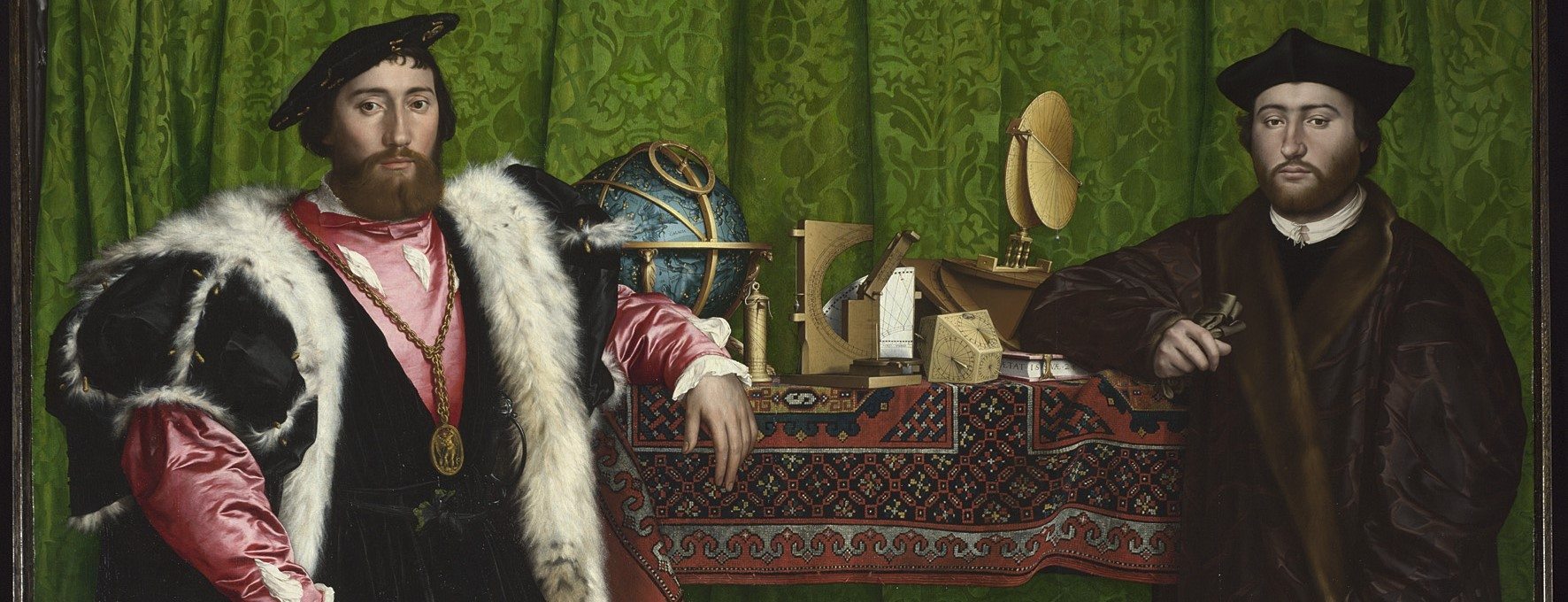Renaissance German Art has a ‘Strange Beauty’
Most of us probably associate the Renaissance with Shakespeare, the randy Henry VIII and a series of Protestant versus Catholic smack downs, thanks to the limited curriculum before AS Levels. Combine this Anglo-centric historical outlook with the adulation of Italians in Renaissance Art, it is clear that Renaissance studies is restricted by nationalist outlooks. In the context of art history, the National Gallery does explore how, compared to the creative contributions made by other countries, German art has a ‘Strange Beauty’.
The negative reviews of this exhibit stem from how it has been designed for the novice of art history, rather than its experts. These ‘experts’ deplore the £7 admission fee to what they see as a tourist trap. To them, the exhibition is simply a reshuffling of what is already part of the National Gallery’s permanent collection. Albeit true, the opinions from the Telegraph and the Guardian nevertheless ignore the fact that the exhibition allows a better appreciation of these well-known pieces because they are integrated with other, overlooked paintings.
Strange Beauty: Masters of the German Renaissance explores the chequered past of German art in Britain. The six rooms in the Salisbury Wing are organised into loose themes. Room 1 demonstrates how German art was initially considered valuable if it mimicked the more fashionable Dutch pastoral scenes of the sixteenth century. Rooms 3 and 5 explore the distinctive, innovative and expressive styles of German artists who used different mediums (charcoal and woodcut), and challenged subject matter (such as nature and the eroticisation of art with pagan influences). Compare this to Room 4, which showcases the masterpieces of the trinity of the German masters of art: Dürer, Cranach and Holbein. Without these other pieces by their lesser-known contemporaries and predecessors, one cannot fully appreciate the intrinsic value of the Masters. It is precisely this expressionism previous curators found ugly, which we now find intriguing.
What is disappointing about this exhibition is how underwhelming the ‘Liesborn Altarpiece’ is. It is found in Room 2, which is dedicated in highlighting how there was a tradition of German-bashing before the two World Wars. According to press releases, the ‘Altarpiece’ is dubbed to be one of the main highlights. This is because, for the first time ever, it has been reconstructed in its entirety. The altarpiece was stripped and sold in individual parts because the Victorian trustees at the time of its first acquisition were abhorred by the vitriolic public reaction to it. It is hard to fully appreciate the altarpiece. Firstly, this is because the anecdotal items such as minutes of trustees’ meetings are more interesting than the actual altarpiece. Secondly, the room itself distracts from the altarpiece as it has bundled together other paintings which were not appreciated when they were first acquired in the nineteenth century. On the one side of the room, there are other equally dramatic and garish depictions of the Crucifixion scenes and panel art. On the other side, to juxtapose with the German attempt to challenge the Italians on depicting religious art, are portrait paintings. After a while, the surplus of paintings of rich folk and ugly babies make it laborious to explore.
It is only until you venture into the final room that you see attempts to tie together this narrative on the evolution of a positive view of German Renaissance art. Room 6 has no paintings, just words. On its wall are emblazoned existential questions which ask how we value art, whether beauty is reality and other cringe-worthy questions we are asked during our first art lesson at school. It felt like a clichéd, half-hearted attempt to draw a conclusion on how awful it was that the Victorians tried to create a prettier view of the Renaissance by excluding German pieces.
The main reason behind this exhibition is to understand why German art was previously not well received. There were institutional prejudices against it, and it was not inherently ugly. The delivery of this history lesson behind German art is at times awkward. However, this exhibition succeeds in not showing art for the sake of art but highlighting how art is a social endeavour. The value of German art depended on what others in the past thought, and by contextualising the featured pieces, it is clear that German art, does indeed have a ‘Strange Beauty’.
Strange Beauty: Masters of the German Renaissance is being exhibited at the National Gallery until 11 May 2014. See the National Gallery website for further details.

Comments